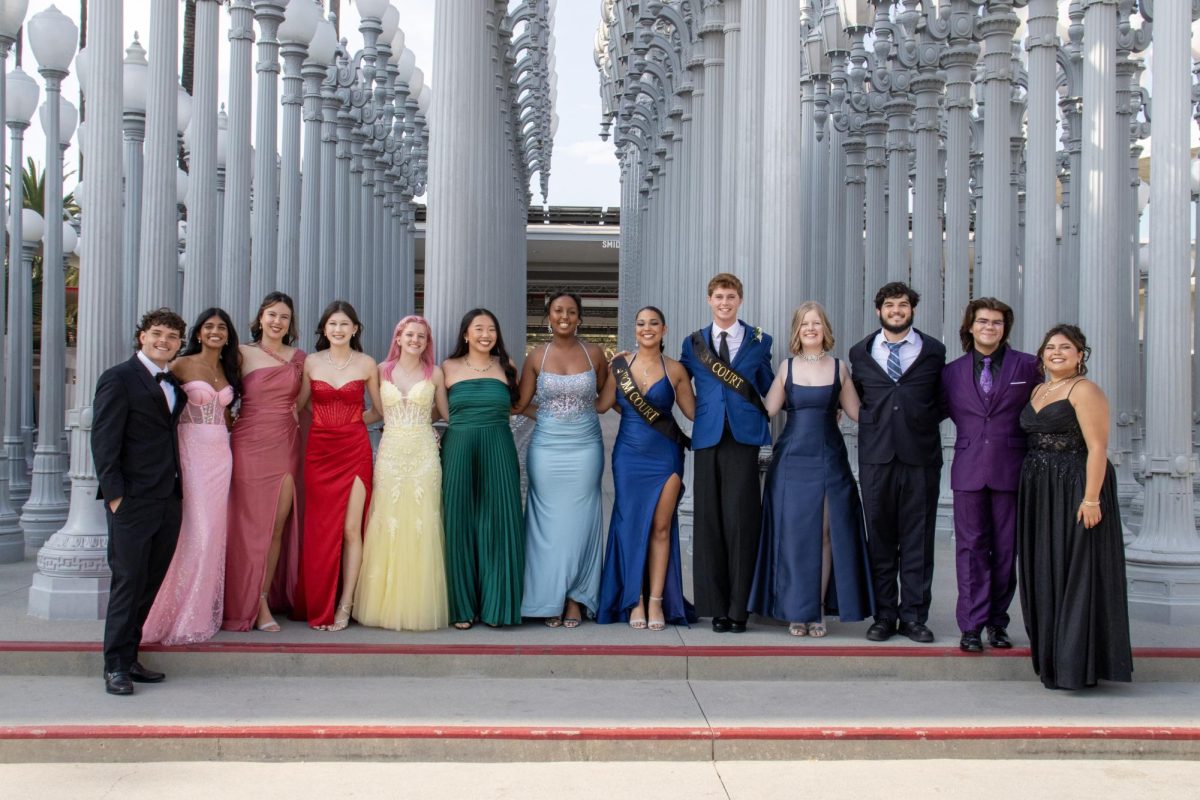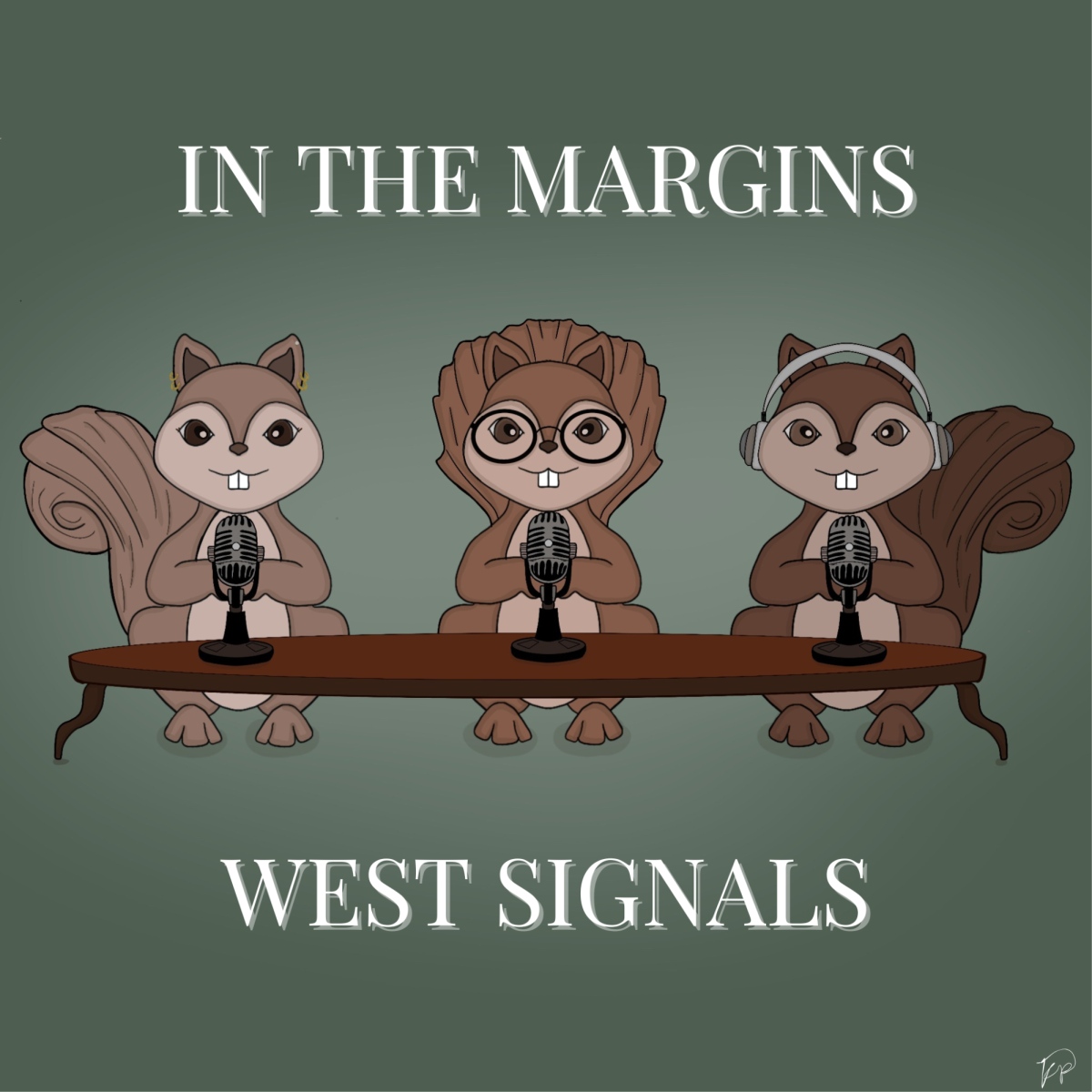The Messiah of Hip-Hop
March 27, 2015
Both a celebration and critique of musical and cultural traditions, Kendrick Lamar’s new album is a call to action. To Pimp a Butterfly, which was released on Mar. 15, suggests both social and musical change.
The album features 16 songs, some of which sample earlier African-American music giants, including Jamaican singer Boris Gardiner, Marvin Gaye, and iconic rapper Tupac Shakur. Lamar’s album, which does utilize typical rap rhythms and synth sounds, infuses elements of other genres.
Swapan Dighe (12) said, “The jazz melodies and funk instruments did catch me by surprise, but I was okay with it. It was definitely something different and new.”
The second song, “For Free? – Interlude,” opens with a jazzy saxophone line and segues into an anxious drum section complete with seventh chords on the piano and a walking bass line. “How Much a Dollar Cost” uses similar musical ideas. Other pieces, like “Hood Politics” and “These Walls” use more relaxed, funky guitar parts reminiscent of The Weather Report. Through these unexpected musical elements, Kendrick Lamar creates a variety of moods—unsettling to joyful, chilling to relaxing—and honors the African-American music tradition.
Also present in the lyrics and subject matter, race in American is an important theme in this album. The very name of the album, To Pimp a Butterfly, mirrors an important piece in literature about race—To Kill a Mockingbird by Harper Lee. Kendrick Lamar references the controversial Harlem Renaissance novel The Blacker the Berry, by Wallace Thurman, in a song by the same name. Lamar uses this opportunity to make a statement about crime within the African-American community. “King Kunta” references Kunta Kinte (1750-1822), the Gambian slave whose story was the basis for the TV mini-series Roots. “Institutionalized” juxtaposes the image of the “ghetto” with the image of excessive wealth.
In response to Lamar’s heavy political themes, Dighe said, “I hope that this will encourage artists to talk about social issues instead of themselves doing drugs or talking about how they’re the best. Artists do have a lot of power nowadays in the community, and using that power to get meaningful messages out to the public could end up going a long way.”
Though many of the songs on the album are harshly critical with eerie instrumentals in the background, others are more uplifting. In “I,” Lamar raps, “Dreams of reality’s peace / Blow steam in the face of the beast / Sky could fall down now, wind could cry now /…I smile,” calling for people to think positive even in the face of adversity.
Lamar is no stranger to adversity. In fact, he raps about his own personal experiences in the album.
“I like his music because he talks about a lot of personal stuff, like how he grew up in a hard environment and became famous through hard work,” said Mehr Ahmed (10).
Due to the already successful reception to this album, speculation has it that Kendrick Lamar is the new messiah of hip-hop, according to the New York Times. How does Lamar use this album to relay his message?
“I want you to get angry – I want you to get happy,” he said (qtd. in New York Times). “I want you to feel disgusted. I want you to feel uncomfortable.”





